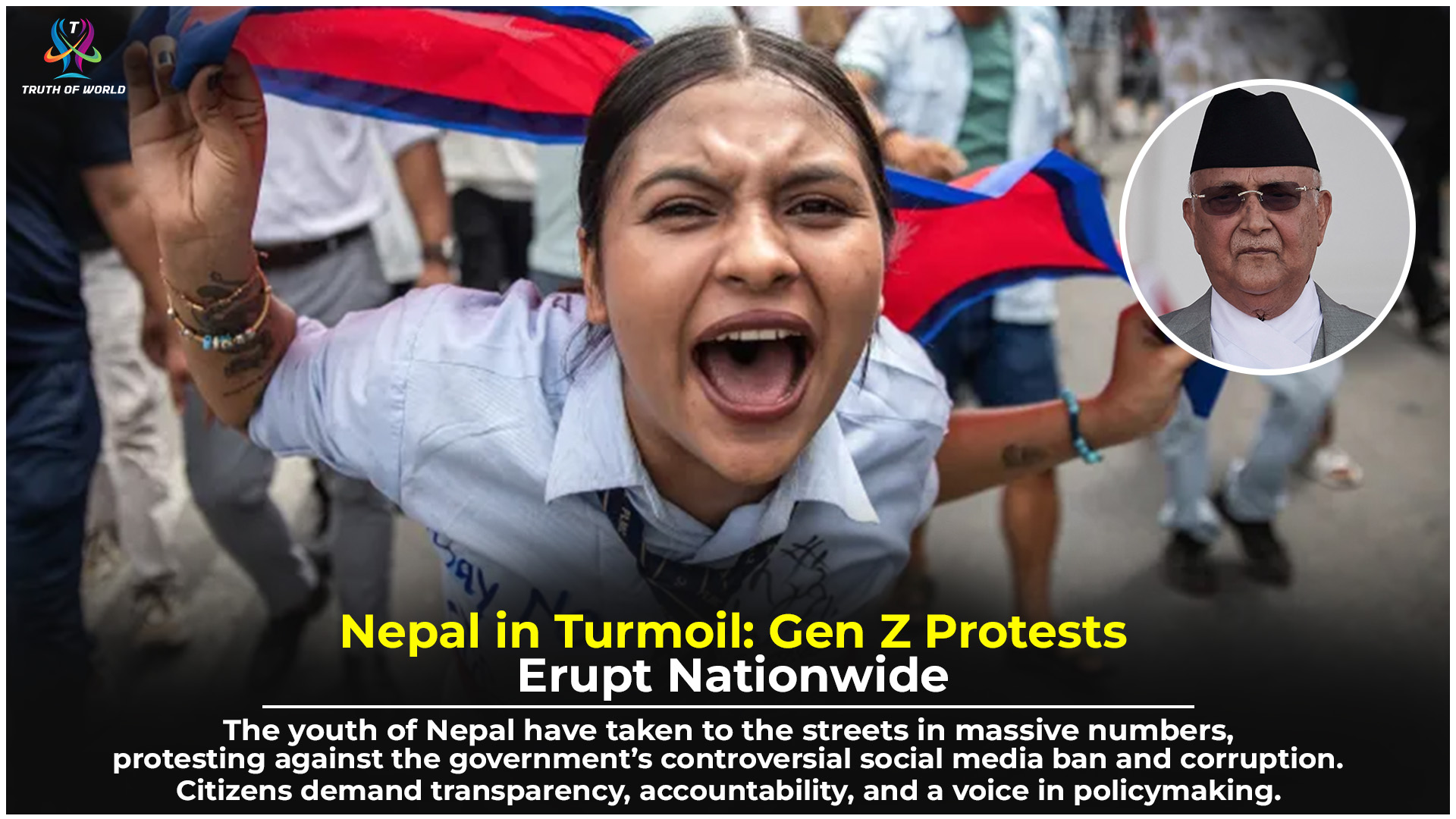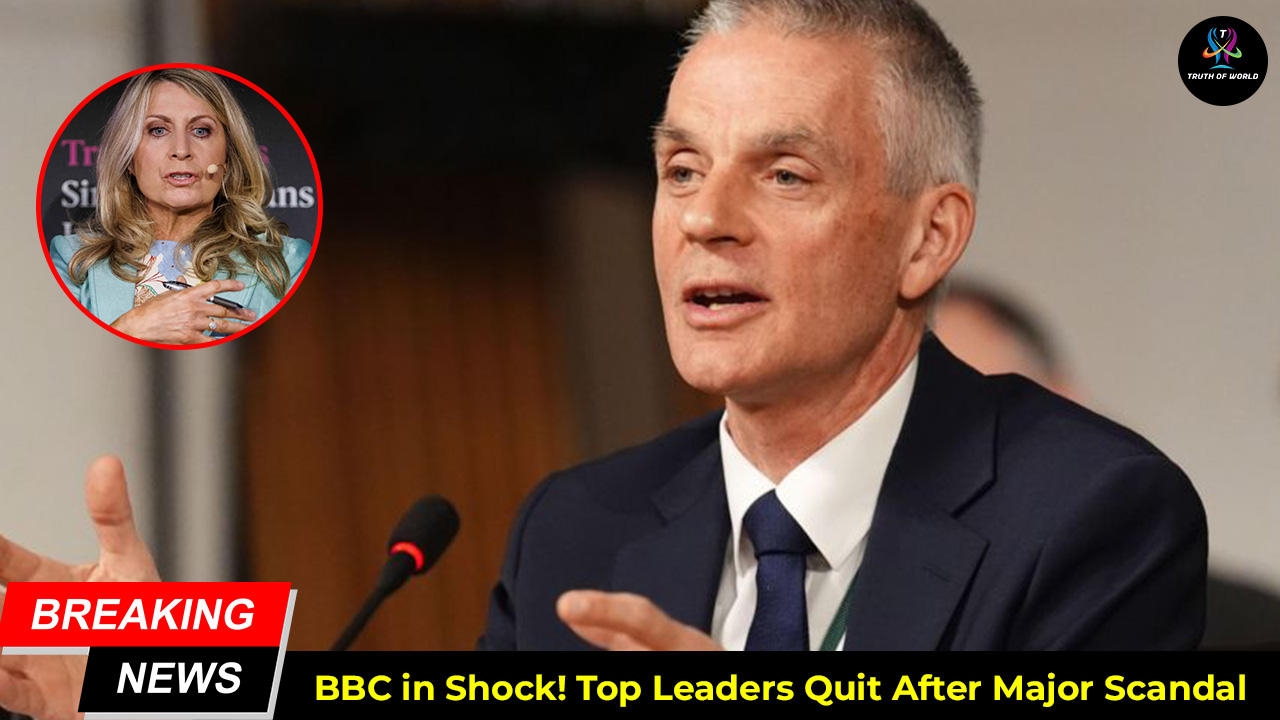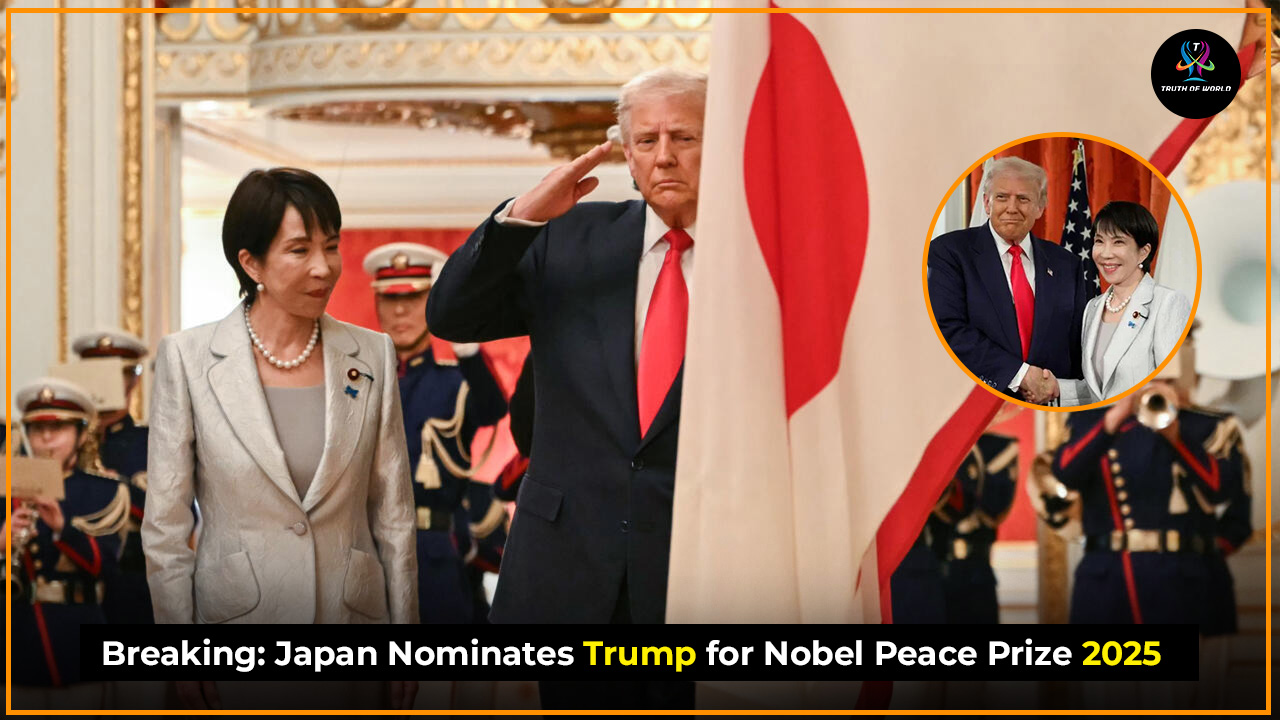Introduction
In September 2025, Nepal witnessed a political storm. Prime Minister K.P. Sharma Oli resigned after massive nationwide protests led by Generation Z. These protests erupted due to a government-imposed social media ban, rising corruption, and growing frustration with nepotism in politics.
Nepal’s political scene has always been unstable, but the 2025 protests highlighted a new force—youth-led activism powered by social media. The events drew attention not just within Nepal but across the globe, showing how digital-savvy citizens can influence national politics.
Nepal’s Political Background
Nepal has a long history of political unrest:
- Frequent changes in government and leadership.
- Conflicts between political parties and factions.
- Widespread dissatisfaction among citizens, especially the youth.
Before the protests, many Nepalis felt the government favored elite families. Reports surfaced about the extravagant lifestyles of politicians’ children, intensifying public anger. The stage was set for a large-scale youth uprising.
The Spark: Social Media Ban
In early 2025, the government banned Facebook, WhatsApp, Twitter, and other platforms. Officially, the ban was for regulatory non-compliance and national security.
However, the public saw it as:
- A way to suppress freedom of expression.
- An attempt to silence dissenting voices.
- A threat to youth activism, which heavily relied on social media.
This decision coincided with viral videos exposing political elites’ lavish lifestyles, making citizens feel the government was out of touch with reality.
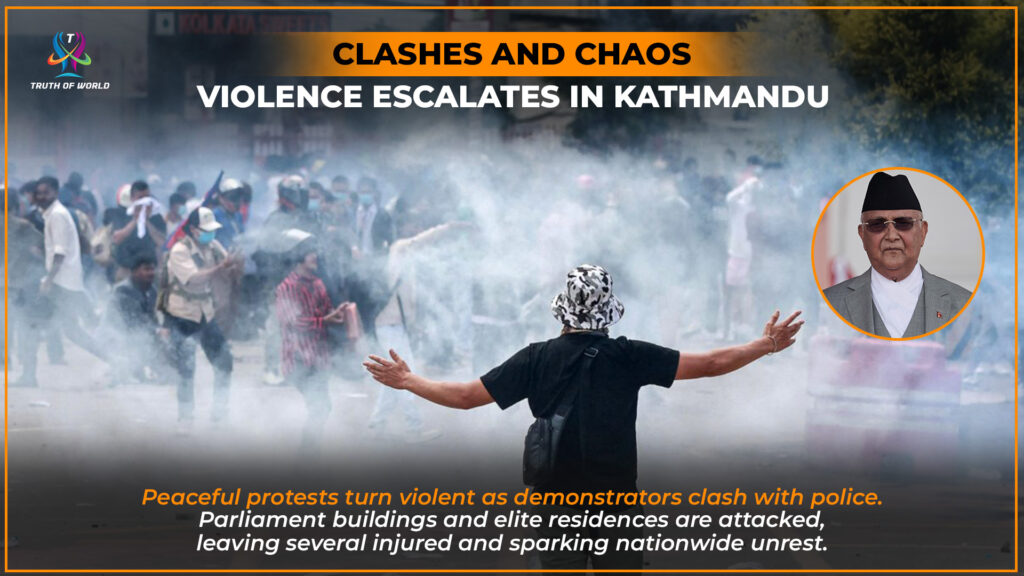
Generation Z Takes Action
Nepal’s youth, aged roughly 16–25, quickly organized protests. They used:
- VPNs to bypass the ban.
- Encrypted messaging apps for coordination.
- Social media campaigns to spread awareness.
The movement, called Gen Z Protests, demanded:
- Lifting the social media ban.
- Accountability for corruption and misuse of public funds.
- An end to nepotism in politics.
- Greater youth involvement in policymaking.
Timeline of Events
Early September 2025
- Peaceful protests in Kathmandu, Pokhara, and Lalitpur.
- Youth gathered in large public squares, chanting slogans for freedom and reform.
September 6–7, 2025
- Protesters submitted petitions to government offices.
- Clashes with police began as authorities imposed curfews in major cities.
September 8, 2025
- Protesters breached Parliament in Kathmandu and set parts on fire.
- Police used tear gas and rubber bullets, leading to injuries.
- First fatalities reported.
September 9, 2025
- PM K.P. Sharma Oli resigned to prevent further violence.
- Several ministers also stepped down.
- The government lifted the social media ban.
Violence and Chaos
The protests, although initially peaceful, escalated quickly:
- Parliament building partially burned.
- Homes of high-ranking politicians vandalized.
- At least 19 deaths and over 100 injuries.
- Hospitals overwhelmed due to high number of casualties.
- Curfews and airport closures imposed to contain unrest.
The unrest highlighted the growing divide between citizens and the political elite.
PM Oli’s Resignation
Prime Minister Oli’s resignation marked a historic moment:
- Came amid nationwide unrest and international scrutiny.
- Signaled a recognition that continued leadership might worsen violence.
- Triggered resignation of key ministers, reshaping Nepal’s political landscape.
This decision showed the power of citizen-led movements, particularly youth activism.
Government Response
Post-protests, the government acted swiftly:
- Social Media Access Restored: Platforms were reopened immediately.
- Compensation for Victims: Families affected by protest-related deaths received support.
- Investigation Committees: Independent bodies formed to probe causes of violence.
- Policy Reforms: Discussions started on long-term political reforms including youth representation.
These measures aimed to restore public trust and prevent further unrest.
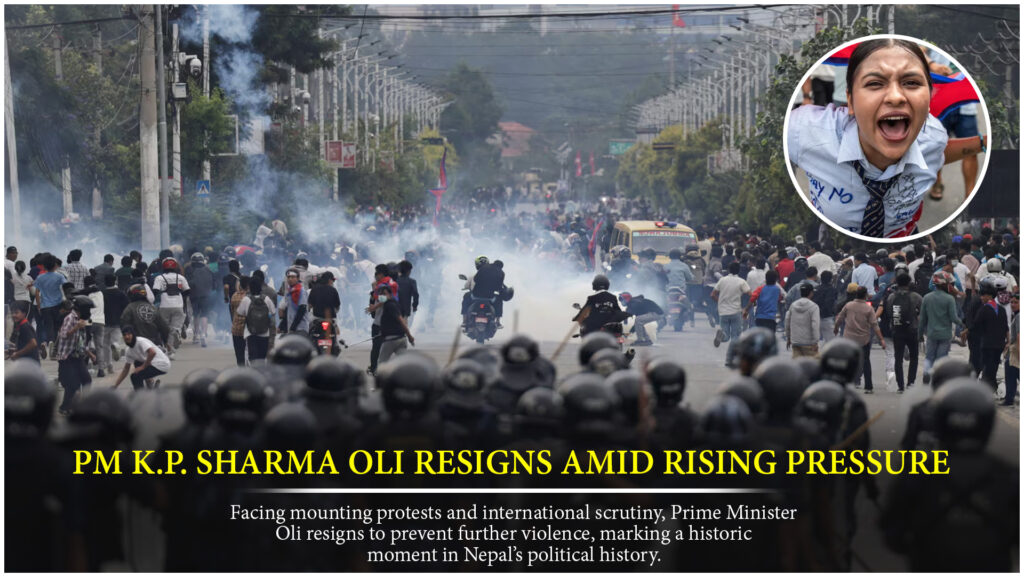
The “Nepo Kid” Trend
A viral trend, “Nepo Kid,” emerged during the protests:
- Showcased luxurious lifestyles of children of politicians.
- Highlighted contrast between ordinary citizens and elites.
- Energized youth-led movements and drew international attention.
Platforms like TikTok and Instagram amplified this trend, turning it into a rallying point for protesters.
International Reactions
Global response included:
- United Nations: Called for transparent investigations and respect for human rights.
- Neighboring Countries: Urged peaceful resolution and stability.
- Global Media: Highlighted the unprecedented scale of youth activism.
The world watched closely, recognizing the digital age’s role in political movements.
mplications for Nepal’s Future
The protests signal major shifts:
- Youth Empowerment: Gen Z proved it can influence politics.
- Digital Activism: Social media remains a critical tool for civic engagement.
- Government Accountability: Citizens demand transparency and ethical governance.
- Political Reform: Pressure mounts for structural reforms, anti-corruption measures, and youth representation.
Lessons from the 2025 Protests
- Power of Youth Movements: Organized youth can drive significant change.
- Digital Mobilization Works: Social media is key to modern activism.
- Responsive Governance is Critical: Ignoring citizens’ voices can escalate unrest.
- Transparency Matters: Corruption and nepotism can trigger national crises.
Nepal’s 2025 protests demonstrated a fundamental truth: citizens, especially youth, have the power to shape their country’s future. The resignation of PM Oli, social media activism, and the rise of the Nepo Kid trend highlight a new era in Nepalese politics.
Generation Z has shown that it will not remain silent, and the nation’s political trajectory will now reflect the voices of its younger citizens. The 2025 protests are likely to influence governance, civic engagement, and youth participation for years to come.
